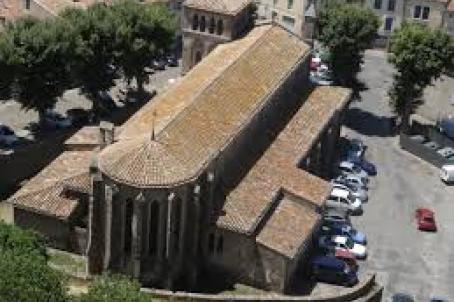Church of Notre-Dame du Mont-Carmel
The construction of the convent and the church of Our Lady of Mount Carmel of Carcassonne was completed in 1297. The church of the Carmelites, in which held many states general of Languedoc, had a significant influence until the Revolution. Destroyed several times, desecrated and rebuilt, it is characteristic of the southern Gothic style. It is composed of a nave of 6 spans, a narrower pentagonal choir and chapels which seem of the 16th century
About this building
The order of the Carmelites, originally made up of hermits living on the slopes of Mount Carmel in the Holy Land, was set up in Carcassonne in 1267. The construction of the conventual buildings and the Church of Our Lady of Mount Carmel was completed in 1297. In 1355, the Black Prince burned the city, including the church, which had to be rebuilt.
The church of the Carmelites, in which was held many States General of the Languedoc, was influential until the Revolution and many luminaries of the city are buried here. However, after the Revolution, in 1790, the convent was sold as national property and the church became a courier company and the furniture was scattered, sold or destroyed.
In 1851, the Carmelites bought the church and the convent. The church was once again consecrated and many restoration works of neogothic style (vaults, tribune, decorations) were undertaken until 1877. Expelled once again in 1880 and their property confiscated, the Congregation finally dissolved in 1901 and the convent was surrendered for sale and bought by Saint Vincent parish. In 1925, a theater was built there. The cinema closed in 1981 and the bishopric moved into the revamped convent.
The Carmelite church is typical of southern Gothic style. It is composed of a nave of 6 bays and a narrower pentagonal choir, with cut sides. The arches of separation of the spans are counterbalanced by massive buttresses between which are built the chapels which seem of XVth-XVIth century.






